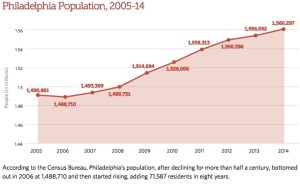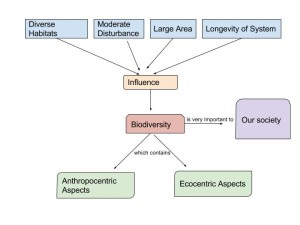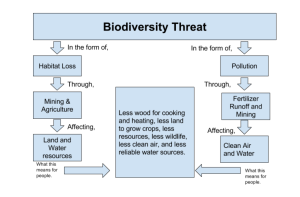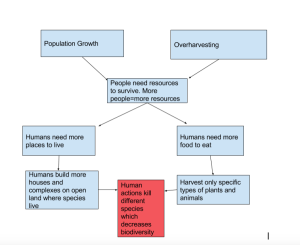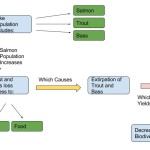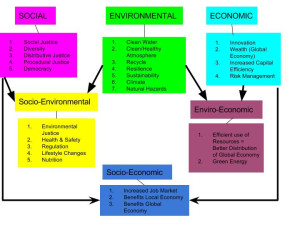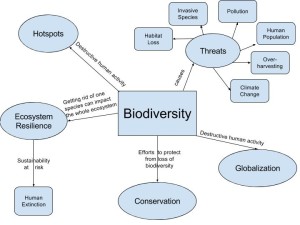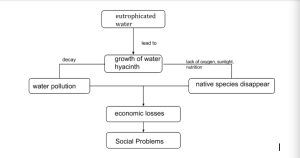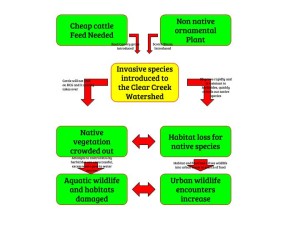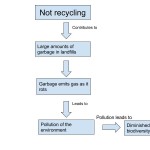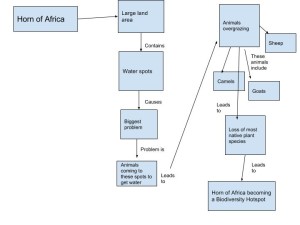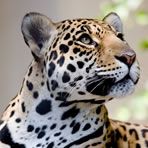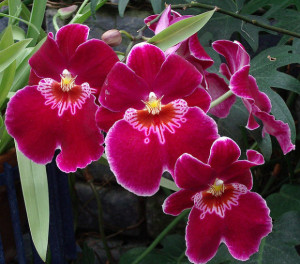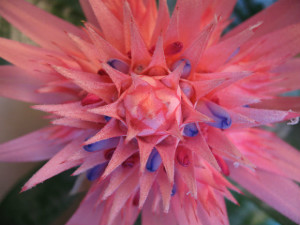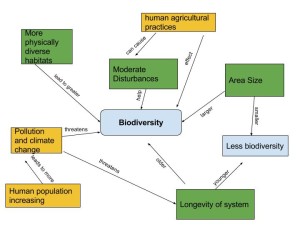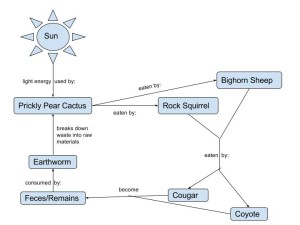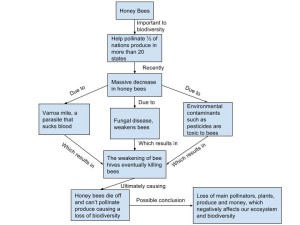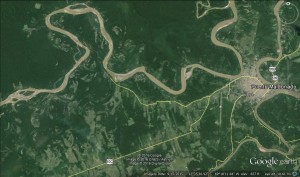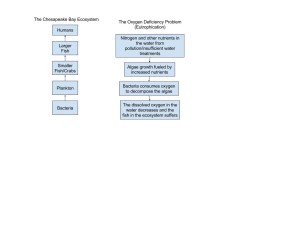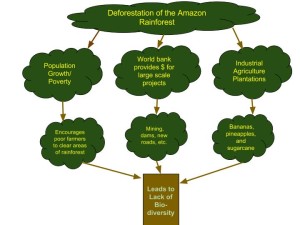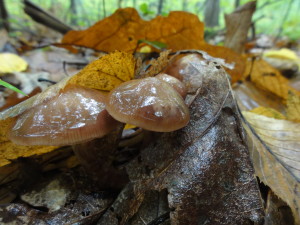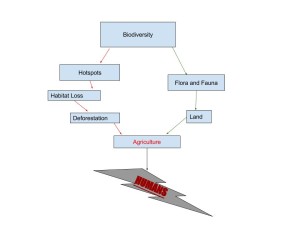- Use the website (http://www.cepf.net/resources/hotspots/Pages/default.aspx or http://www.eoearth.org/view/article/150569/) to find one of the 35 biodiversity hotspots on our planet. First, give a general definition of what you read on the Geog 30 website or another site about what a biodiversity hotspot is. Next, use the website to choose one of the hotspots and explain the losses that the area has experienced over time. Use this website and other sources to explain possible reasons why this area has become so endangered and was placed in the category of a biodiversity hotspot. Use the acronym H.I.P.P.O to determine which (if any) of the major threats is a possible reason for the hotspot. (This section should be around 150-250 words.)
- Next, use module 10 and any other resources to determine whether there are any threats to biodiversity in your hometown. If you cannot find any threats to your hometown, use another area near you or in your state. Determine the threat, consequences (feedback loop), and ethics of the biodiversity issue. Tell about the future problems that could occur to humankind, other species, and the environment if this threat were to continue. Then describe a way that your hometown could reduce or reverse this threat. (This section should be around 250-350 words.)
- A biodiversity hotspot is defined as an area with a high variation and richness of living organisms that is heavily influenced negatively by human activity. Out of the 35 hotspots, I chose to write about the Cerrado savanna region of Brazil because it is the most extensive woodland savannah in South America. This area makes up about 21% of the entire country and it is mostly a tropical grassland savanna. This area has lost around 20% of its vegetation with 44% of its plant species, 20% of its birds, and 14% of its animals all being endemic. The reason why the Cerrado is considered a hotspot is due to habitat loss such as agriculture and industrial activities. In the late 1900s, the Brazilian government has been actively using the land to incorporate it into the national economy by using the resources found here. There are crops, such as soy beans, and industries, such as the charcoal production for steel, using the natural resources of the land at a large scale rate. Less than 2% of the savannah is protected by conservation projects. Now, there are some initiatives in place in order to have sustainable farming, improve soil and water, and increase profitability.
- I live in Northeast Philadelphia and couldn’t find any biodiversity issues in my specific area. But, there is an issue in the whole state of Pennsylvania that causes a threat. Population growth, the letter “P” in the H.I.P.P.O. acronym, has become a pressing issue as the number of people per area increases at a steady rate over the years. Just in Philadelphia, the population has rose around 100,000 people in just 9 years. People use the resources from the land around them which leads to pollution and habitat destruction. The more people will lead to the more space needed, more food needed, and more resources needed. This leads to a negative feedback loop where there are more people than the resources can provide for, which will make the species and organisms endemic. Humans should be ecocentric when thinking about how much of the resources we use rather than how much we should conserve. In the future, this will lead to loss of plants and animals and eventually humans after all of the resources are depleted. I don’t personally think it is possible to control population by monitoring the amount of children each person has, but I do think we could be more aware of what we are using, where it is coming from, and how this decision will affect other species. Pennsylvania has already tried to fix the biodiversity problem by creating a biodiversity conservation plan, which implements strategies in order to make the environment better, and a wild resource conservation plan, which provides knowledge to citizens about other wild life issues and plans. Overall, I think these are good ways to reduce the cause and effects of the biodiversity in the whole state. I think once people actually see that resources don’t last forever, they will understand the importance of conservation projects like these.
Resources
http://www.nature.org/ourinitiatives/regions/southamerica/brazil/placesweprotect/cerrado.xml
http://www.cepf.net/resources/hotspots/South-America/Pages/Cerrado.aspx
http://www.iconservepa.org/whyconserve/resourcesindanger/biodiversity/index.htm

